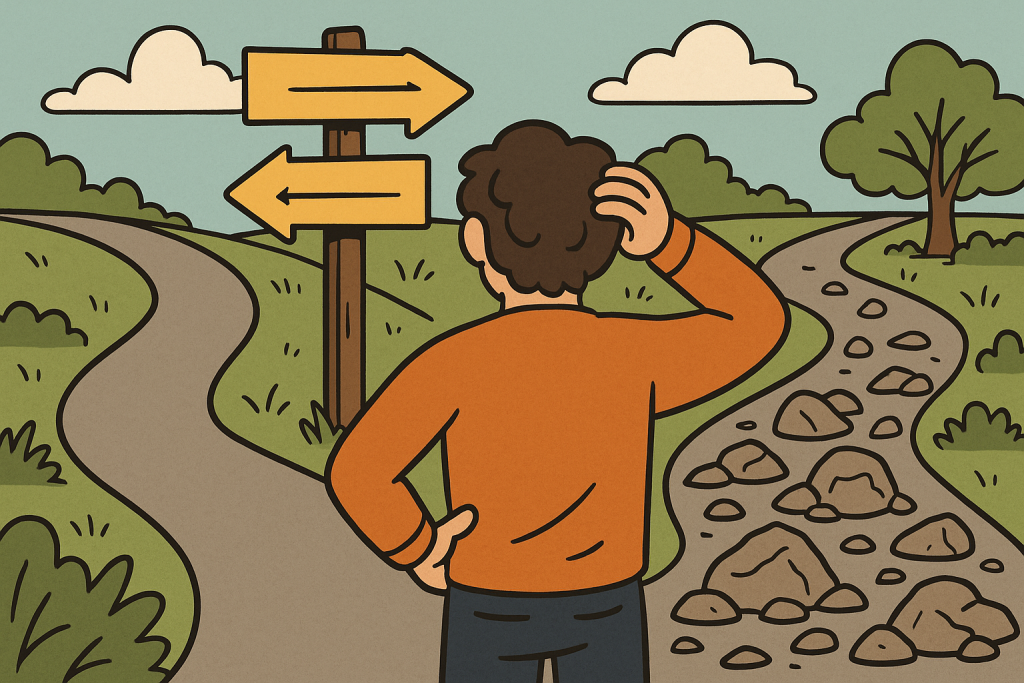Today’s obsession with convenience overlooks a powerful trade-off—resilience, mindfulness, and even creativity. This article explores why friction-free living isn’t always the goal, tracing emerging trends that show how purposefully embracing friction can be essential.

1. Convenience Is King—but at What Cost? {#cost}
We’ve grown accustomed to friction-free living: one-click ordering, auto-play videos, seamless checkouts. Yet, this relentless ease has downsides:
- Digital overload and addictive behavior: When platforms remove all decision barriers, engagement skyrockets but often fosters mindless scrolling or echo chambers.
- Loss of meaningful reflection or consumer autonomy: As one Forbes article notes, friction in banking “preserves decision-making space, preventing reckless action”.
- Diluted brand experience: If a purchase is too seamless, brands risk becoming “unconscious, substitutable choices”—customers forget what makes them different.
This illustrates why friction‑free living isn’t always the goal—because sometimes, effort brings awareness, authenticity, and value.
2. The Rise of “Positive Friction” in Digital Design {#positive}
Design teams are now reintroducing friction—deliberately—to enhance experiences:
- Harvard Business Review recommends adding friction to AI customer journeys so people pause, consider privacy, and avoid blind trust.
- Forbes highlights friction in banking as a tool to preserve user agency and prevent impulsive behavior.
- Marketing strategists speak of “positive friction”—like charities at checkout or loyalty gamification—to foster engagement and deeper interaction.
This shift shows companies recognizing that purposefully introduced friction can improve satisfaction and memory—not just efficiency.
3. Embracing Friction for Mental Resilience {#resilience}
Friction extends beyond UX; it’s central to personal growth and mental well-being.
- As Scott Belsky (and others) observed, when daily processes are too smooth, even minor delays cause outsized frustration.
- Letting go of friction-free living can combat “fragility”: it builds patience, adaptability, and emotional strength .
- Bob Hutchins argues a life without friction lacks real connection—challenges like tough conversations or problem-solving build meaning, not ease.
By rejecting the friction‑free myth, we can rebuild tolerance, engagement, and richer experiences.
4. Trend Case Study: Friction Interventions on Social Platforms {#case-study}
A notable pattern is emerging: platforms are adding built-in checks to curb harmful behaviors.
- A 2023 study on “friction interventions” found that small confirmation steps combined with education significantly improved content quality.
- This challenges the absorption model of friction-free living—introducing friction stops misinformation cascades while maintaining overall engagement.
This is a key emerging trend: friction used strategically, not eliminated entirely.
5. Finding the Balance: Practical Strategies {#strategies}
Use these real-world tactics to rethink convenience:
Slow down critical interactions
- Build confirmation steps into high-impact actions (e.g., large transactions, content shares) to prompt reflection.
- Show privacy or impact notices at key decision points, e.g., ticking “I understand” before posting personal data.
Reintroduce friction in brand loyalty
- Use gamified choices (e.g., gain points by choosing to personalize or opt into options).
- Offer micro-decision points—like donation amounts at checkout—to build user agency and emotional engagement.
Embrace effort in personal habits
- Choose tasks with intentional friction: skip auto-play; pick up the phone instead of text; cook instead of ordering delivery.
- Practice “digital fasting”: intentionally delay responding to emails or turn off notifications during creative work.
Design for friction awareness
- On platforms, insert micro-learning content or decision nudges to help users understand why friction exists.
- For designers and developers: assess experience flows—where can friction add clarity, safety, or memory?
6. Conclusion
In a world driven by ultra-convenience, resistance is emerging. Successful products, individuals, and organizations are rediscovering friction as a source of resilience, authenticity, and thoughtful engagement. As we adapt to this shift, we realize that friction‑free living isn’t always the goal—sometimes the goal is a richer, more intentional life.
Key Takeaways
- Friction-free living isn’t always the goal: Effort cultivates resilience and memory.
- Positive friction can strengthen trust, brand affinity, and ethical behavior.
- Practical balance strategies help integrate friction into daily life and design.
By challenging the friction-free ethos, we prepare ourselves—not just to do more with less effort, but to live more meaningfully, connect more deeply, and act more wisely.
References
Sacasas, L. M. (2011). A Frictionless Life Is Also a Life Without Traction. The Frailest Thing. Available at: https://thefrailestthing.com/2011/05/05/a-frictionless-life-is-also-a-life-without-traction/
Bloom, S. (2022). The Importance of Embracing Friction. The Curiosity Chronicle. Available at: https://sahilbloom.com/newsletter/the-importance-of-embracing-friction
Edwards, M. (2015). Who Wants to Live in a Frictionless World? openDemocracy. Available at: https://www.opendemocracy.net/en/transformation/who-wants-to-live-in-frictionless-world/






